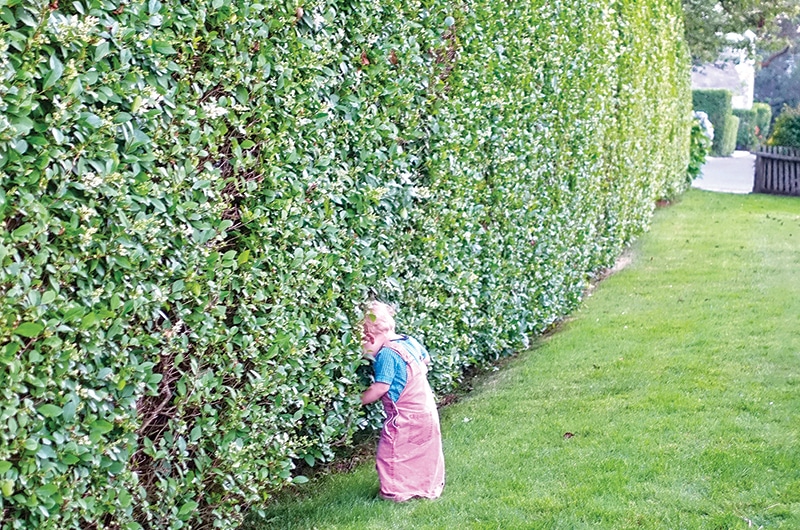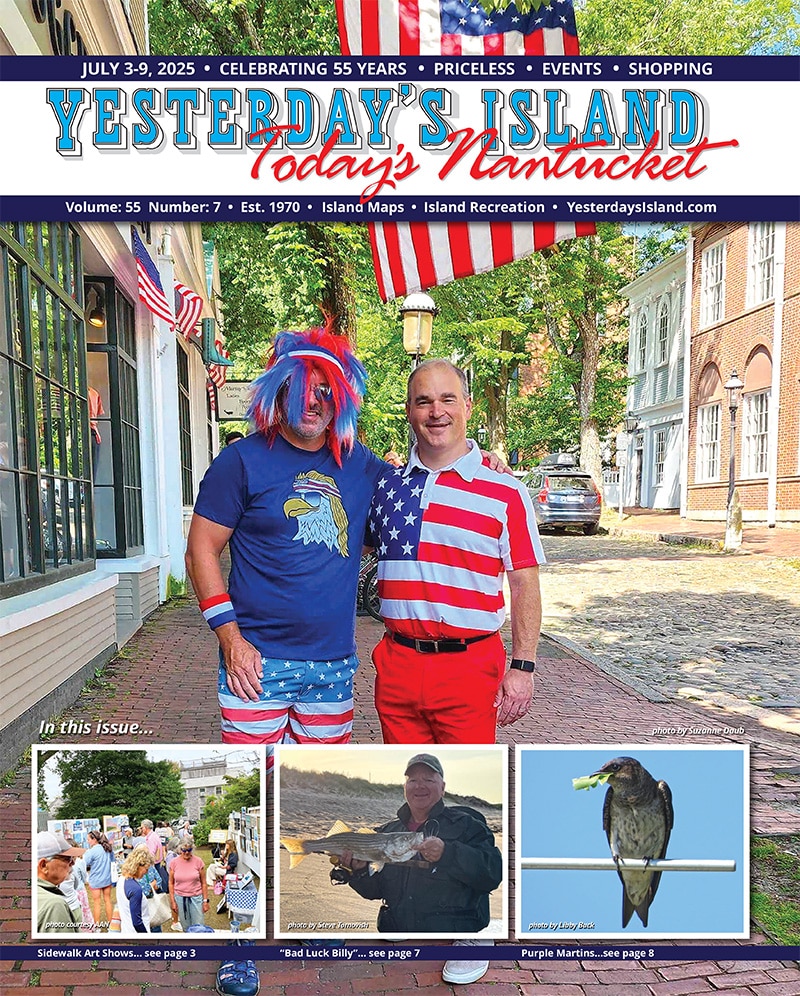by Robert P . Barsanti
The backyard has grown in. When we first moved in, the backyard inched up to a stone wall, and then expanded into a low bushes and a marsh before it rose into paddocks and a ridge. The ridge, of course, sprouted houses sometime just after the turn of the millennium. The low brush, on the other hand, was once a place where I stood up the old Christmas tree so that the boys could see it through the spring and summer. Now, those bushes have grown to eight feet or so, and the houses on the ridge are hidden.
We seem to have collected a few trees over the years. In the early photos, when the boys have plastic loaders and backhoes loading gravel and dirt in the foreground, two small sticks with leaves swing precariously back and forth. Today, both trees stand thirty feet high and cover our back yard in comfortable and comforting shade.
In the evening, the sun sets amid the grasses and shrubs, then the evening star illumines the deepening purple. The fireflies emerged in late May and blow with the wind, like embers, over the dimming landscape. As long as we are careful for ticks and mosquitoes, we can remain out there in the silence and solitude.
When we think of New England, we imagine forests of looming elms, maples, and pines. But for most of the modern history of Nantucket, we were the bare elbow of sand where all of the wood had either been cut into boats or burned. The trees we see today were imported. One of the oldest trees on-island, the elm near the high school, was planted in 1851 by Henry Coffin, as whaling was winding down on island. Before that, the island was mostly bare and grassy, munched down by the mouths of hundreds (or thousands) of sheep. Even in the 50s, looking east from the Town Clock, you can see the bare and burned scalp of the island stretching out to Sconset. You could see everything.
Now, when we planted all of these bushes and trees (or at least failed to trim them), we were building our own secret gardens. Not that the neighbors want to watch us sunbathing in the afternoon, showering outside, or celebrating our marriages on steamy summer nights. But those hedges and trees sealed us away in a bubble of green. Now, thanks to my lack of industry, I can stand on the back porch, look up at the blue afternoon sky, and seem to be alone in my little world. And, in my little world, things don’t change so much. It’s cool in the shade, quiet, and still. I don’t see much, nor do I want to.
That quiet isolation—that little insular, secret garden—that is the change. The houses in town, the old houses, are not built that way. They practically lean over the cobblestones in search of news, gossip, and friends. You open a window and the street washes into the front room. You go up to the roof walk, and you can see what’s going on in the harbor. Everyone can see you, both when your shades are open and when they are closed. Our homes changed slowly, as the trees and bushes changed, and the island became honeycombed with green retreats. Like mine.
I understand taking one step back. This summer is too much with us and too soon. The vans and trucks back up Old South Road from the rotary to Valero’s. The Range Rovers and the Jeeps clog Quaker Lane; the traffic is the same as it is every year, except just a little worse. We think. Like the trees and bushes, the traffic has just expanded while we weren’t paying attention. I will prune that tree next year. Maybe.
Personally, I enjoy retreating to the beach. Every year, Cisco looks just like it looked last year. Sand, waves, sky, the long collapse and sigh that comes from each wave. My first swim usually comes in early July, when the houses have been opened and the classes have closed. And so, I was standing over a new beach chair on a hot afternoon in early July. Behind us, the dunes were as they always were, although the stairs that ended on the beach last year were three or four feet short this year.
This year, the water is warm. Warm enough to dive in immediately, without the gentle stepping and adjustment that the Atlantic often requires. This year, you don’t need to back into a shocking surf or take that chilly surface dive to get it over with. No, you can walk into it as calmly as you would walk into a bath tub. The red kelp of August has floated up, along with the Portuguese Men of War, a few jelly fish, and the odd crab on the ocean floor. The stripers have moved off shore, the bonito have come up, and, while we waited on the beach, a gigantic seal swam westward.
The island is not burning under a heat dome, nor are we in a super drought, nor are we watching icebergs drift by. In many ways, we come into this summer with full houses, full restaurants, and full wallets. Every time a thermometer hits a hundred in Boston, an island cash register rings. It seems too much to wish for a warm ocean full of hungry and greedy sport fish. Yet, here we are.
But where we are is a whole world of dangerous change that will pluck us from our secret gardens and drop us in front of an implacable and grinding brown ocean. The same island that has risen up and surrounded our homes, will keep on rising. We would be well served to stop retreating and start advancing. We need to stop hiding our selves and our eyes and start noticing and listening. This summer will prove to be the hottest one we have ever seen and the coolest we ever will see.



